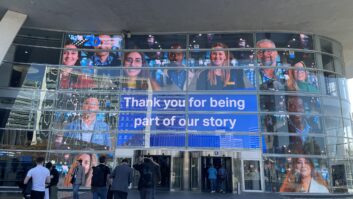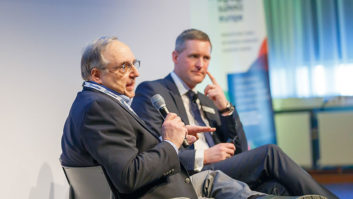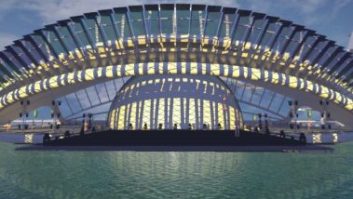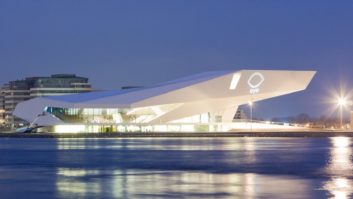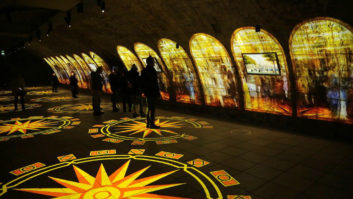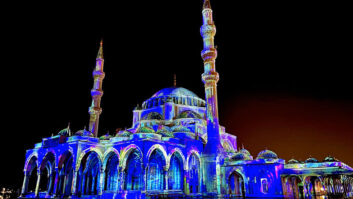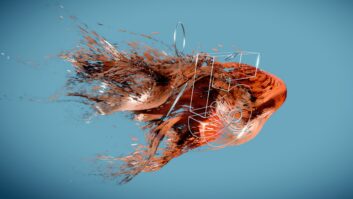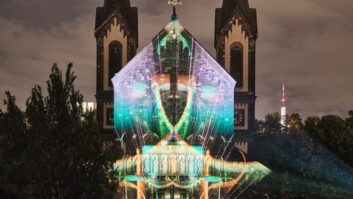Over the last year projection mapping has risen to become a popular and powerful art form. It has captured audiences, inspired artists and shaken up the world of advertising. Andrew Brister talks to leading exponents of the art, seeper.
Emerging from the fast-developing intersection between technology and the arts, projection mapping uses projection techniques to recreate and distort a building’s architectural features. This alters and challenges the way the public experiences the built space around them. The technique transforms and reinterprets the structure and physical reality of the building, using light and shadow to create the illusion of depth.
seeper is an arts and technology collective and a leading force in the world of projection mapping. Constantly pushing the boundaries of what is considered possible, seeper strives to create immersive, unforgettable real-world experiences with technology. Founded 12 years ago by Evan Grant, seeper uses cutting-edge technologies to create immersive, artistic performances and installations across an ever-expanding range of media.
The seeper team work on projection mapping projects from the genesis of the idea. “We identify appropriate buildings and create 3D models of the structure,” explains Grant. “We then design and produce animated 3D or interactive content in harmony with it.” Using custom software developed by seeper using OpenFrameworks, this content is mapped to the building. “To ensure a clear, strong image we use very strong projectors, lining these up with perfect precision to the structure itself. The visual experience is accompanied by a complementary, specially-produced score, which creates a captivating environment for the audience,” says Grant.
Used well, the technique has a breathtaking effect on buildings of all kinds. seeper have in the last year completed mapping projects on buildings as diverse as Frank Gehry’s IAC HQ in New York and 900 year-old Rochester Castle (above) in the UK. “We have also been working on various interactive mapping projects, where users can interact with the building projections, sending light and colour bouncing around the structure,” says Grant. In November 2010, in partnership with Xbox Kinect, seeper lit up Munich’s famous Stachus arch in an exhilarating celebration of controller-free gaming.
A successful projection mapping project involves a creative development process which takes into consideration and complements the architecture of the building and the surrounding environment. It is vital that content is created to suit the character and limitations of the building in question, or that a building is chosen that is suitable to the desired content.
“Buildings with many intricate features may suit an abstract visual performance of colour, shape and movement, while a pale, flat building with few features could support a more representational or figurative visual style,” explains Grant. “The projection onto the Frank Gehry building (above) was a collaboration with Vimeo, to celebrate the closing night of their film festival. This iconic structure acted as an awe-inspiring canvas for the opening of the festival after party.”
Working with a 3D model provided by Frank Gehry Associates, seeper created a 3D projection mapping art piece that paid homage to the building and to Vimeo itself. “The most important player in our work is always the audience,” says Grant. “We strive to create experiences which both enchant and invigorate an audience, creating a sense of wonder and a leaving a lasting impact. Moving forward, we are looking to present projects in ever more ambitious locations and developing brand new techniques to bring these spaces to life.”
